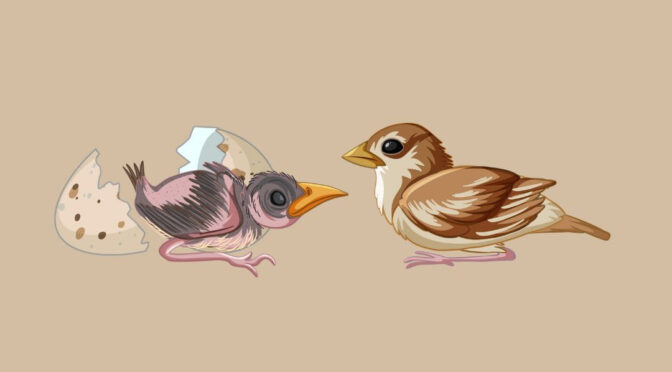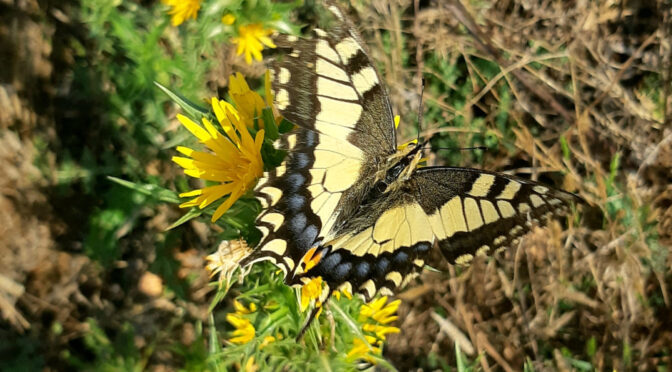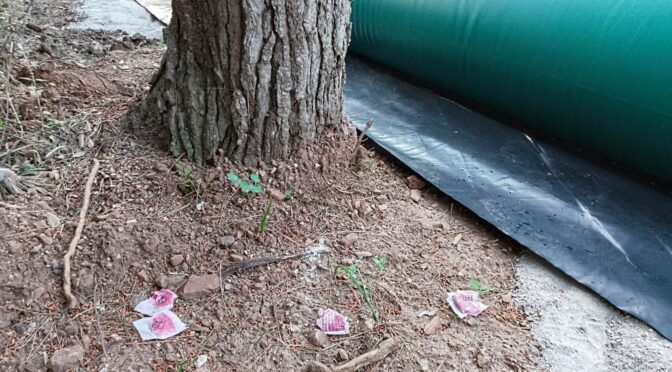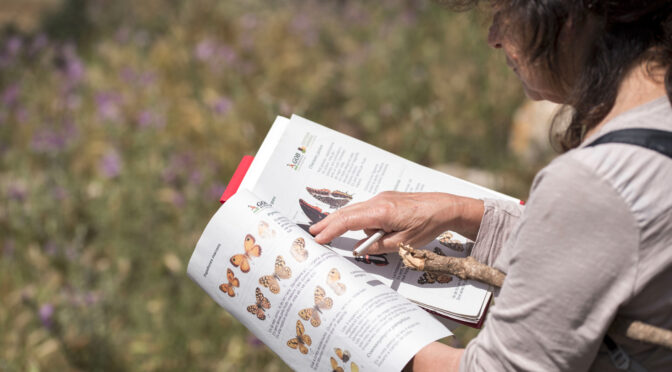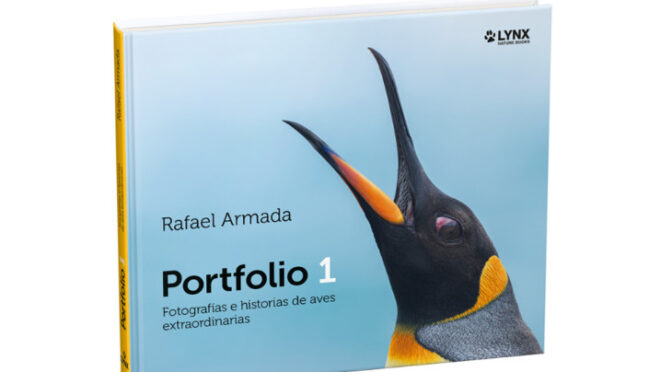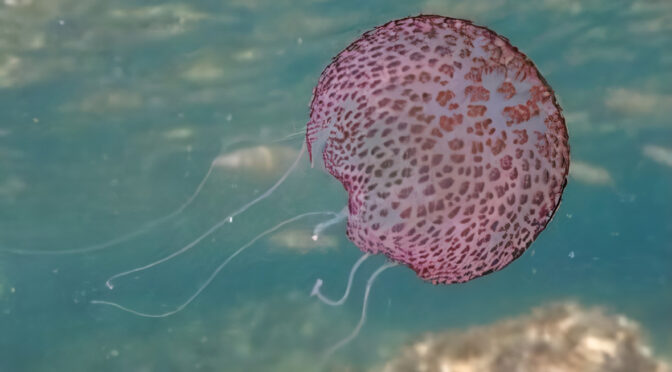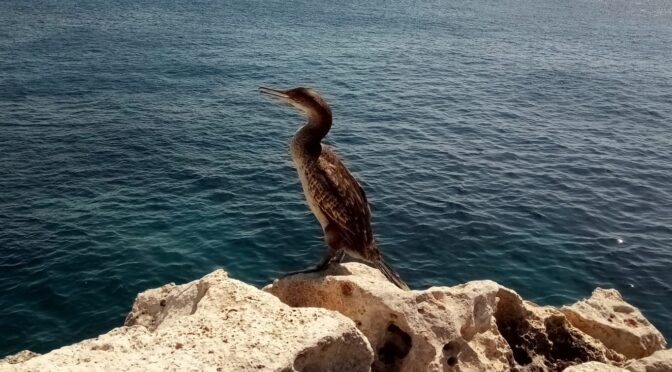Views: 1
With the arrival of spring, many urban birds such as sparrows, blackbirds, warblers, swallows, and wagtails begin their breeding season. Have you found a chick on the ground? Stop and think before picking it up, because it might not need help!
Continue reading What should you do if you find apparently abandoned chicks in an urban area?

